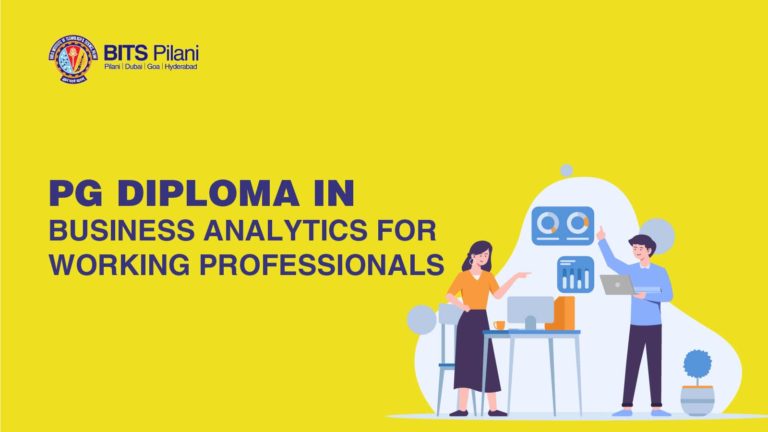 Introduction of the world wide web, early in the 1990s, marked the beginning of the ‘Information Age’ – an era characterized by technological disruptions. The ‘Information’ and ‘Technology’ duo took the world by storm, providing an instant facelift to the global economic environment, and establishing unprecedented levels of efficiencies and productivity for businesses.
Introduction of the world wide web, early in the 1990s, marked the beginning of the ‘Information Age’ – an era characterized by technological disruptions. The ‘Information’ and ‘Technology’ duo took the world by storm, providing an instant facelift to the global economic environment, and establishing unprecedented levels of efficiencies and productivity for businesses.
Newer communication channels lifted the barriers between countries and continents, giving way to a global business landscape. Opportunities increased, but at the same time competition stiffened – not only from local players, but also from players across the globe. With everything and everyone moving online, the digital universe started expanding exponentially. It was during this period that the world finally discovered a common currency – Data.
Data Becomes Big
Data banks were set up globally to house information assets of businesses, and roles such as Chief Information Officer and Chief Data Officer were created, as custodians of the enterprise’s intellectual property and data.
The penetration of social media and mobile technology fueled this growth further, by providing an ecosystem for user generated content. Whether large enterprises or individual consumers, everyone participated in the digital revolution by creating and sharing content in different forms – images, videos, music, text, etc. Statistics suggest that digital content has been doubling in volume every two years, and is expected to grow at a similar pace, if not higher, in the future. The internet became the most popular hang-out for new age customers and, to ensure survival, businesses had no option but to follow suit. This ignited the ongoing e-commerce revolution that has completely transformed the dynamics of the business landscape.
Everything ‘Smart’ and ‘Intelligent’
The realization that consumers’ behavior and preferences can be assessed based on their digital footprint or online persona, brought about a 360-degree transformation in how businesses sold their products and services. Access to data became a must have strategic advantage for growth focused enterprises across sectors. Digitization, process automation, and information management systems gained huge traction, and Data Analysts became the most in-demand professionals in the job market.
The information revolution impacted us in a way that almost everything around us was becoming ‘smart’ – be it mobile phones, televisions, watches, or consumers. While we were still basking in the glory of our recently discovered ‘smartness’, the business fraternity floated a new trait – ‘intelligence’ in the market. From processes to systems and home appliances, everything became intelligent. Technology disciplines such as Business Intelligence, Market Intelligence, Process Intelligence were conceptualized, and the underpinning platform for each of these intelligent technologies was ‘Data’.
The New Problem Statement – Data Overload
As volume of data increased, it introduced more and more complexity in managing data. Data inflow became unmanageable for traditional data management systems, establishing the need for more advanced technologies and systems that could deal with the complex nature of data. Big Data Analytics become the new mantra of the industry.
Numerous data crunching tools were developed and launched to make sense of the humongous volumes of data created and shared each day, and there emerged of a new breed of technology geeks – Data Scientists. Their job was to slice and dice every bit of data at their disposal to derive patterns, logic, and trends that can help them predict future.
Despite the fact that Big Data Analytics, to a large extent, addressed the challenge of managing the extremely huge volumes of data at our disposal, most industries are yet to significantly benefit from it. But, why?
I do acknowledge that ‘intelligence’ is hard to acquire. And, not every business has the capability to build complex algorithms that can crunch data efficiently. But, in today’s world, when almost everything is available on demand, do you really need that capability? While there is no ‘right’ answer to this question, the question itself is worth deliberating on.


















































































